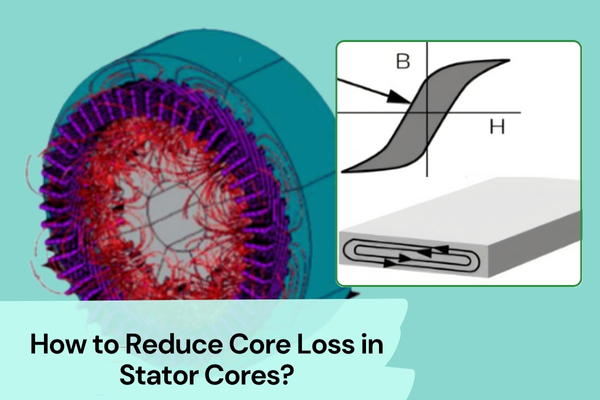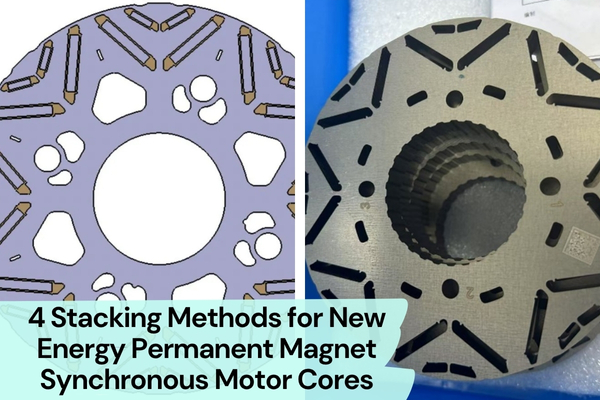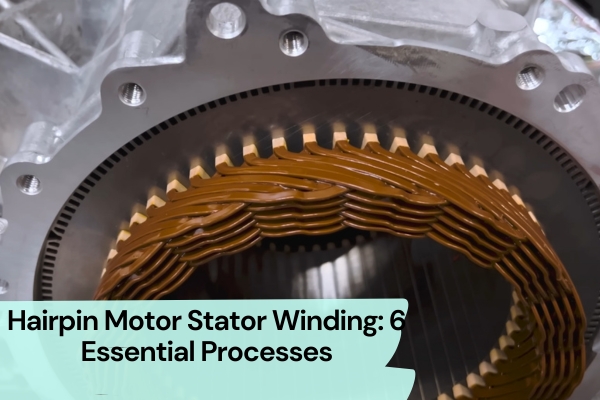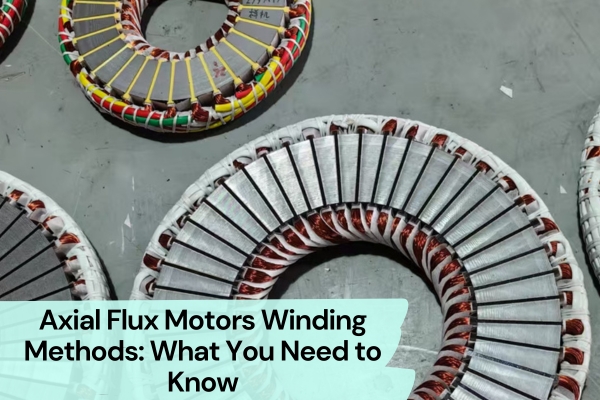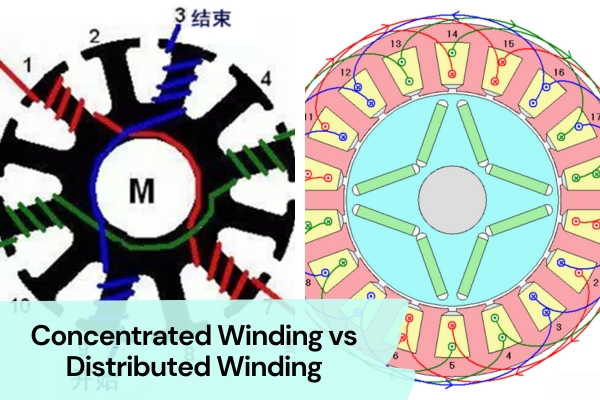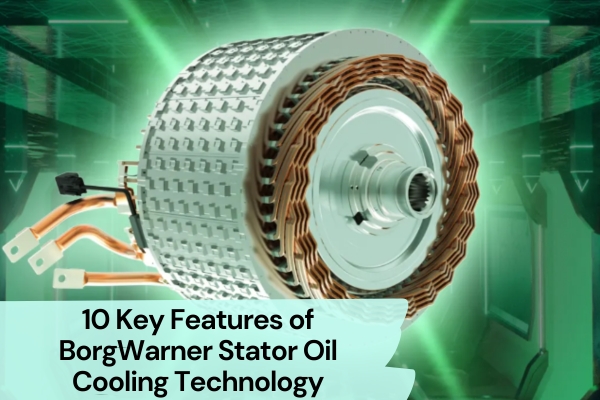Motor Stator Vacuum Pressure Impregnation: Why Does It Matter?
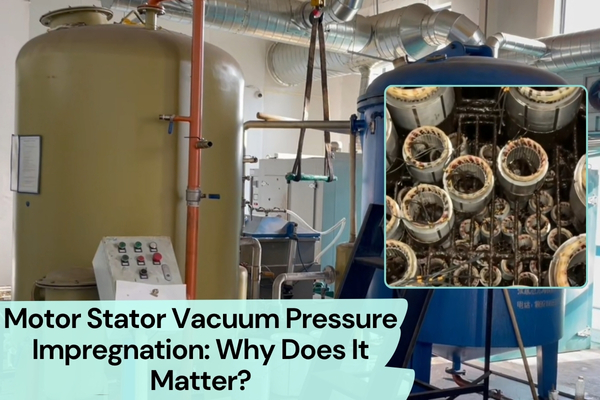
If you're sourcing motors for demanding environments — where heat, humidity, and vibration are constant challenges — then the quality of your stator insulation isn’t just important, it’s critical. That’s why more and more customers are turning to Vacuum Pressure Impregnation (VPI). Unlike traditional dipping methods, VPI delivers deep, uniform insulation that dramatically improves reliability, extends motor life, and reduces maintenance costs. But what exactly happens during the VPI process — and why is it considered the gold standard for stator windings?
